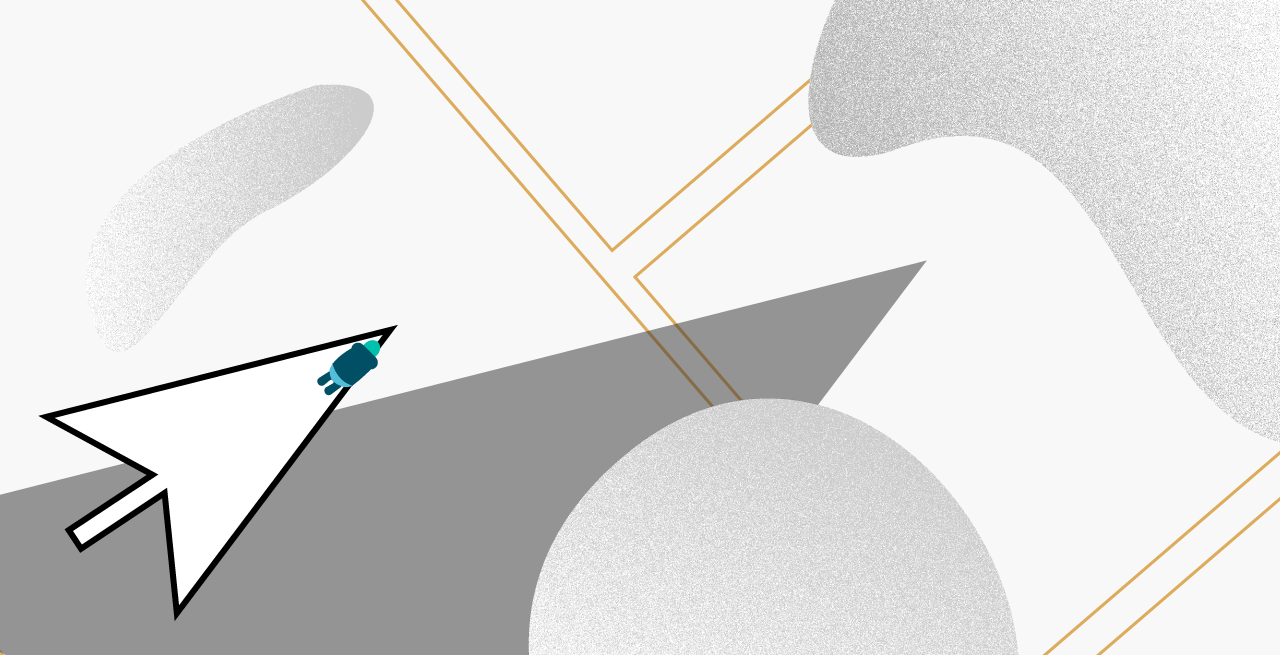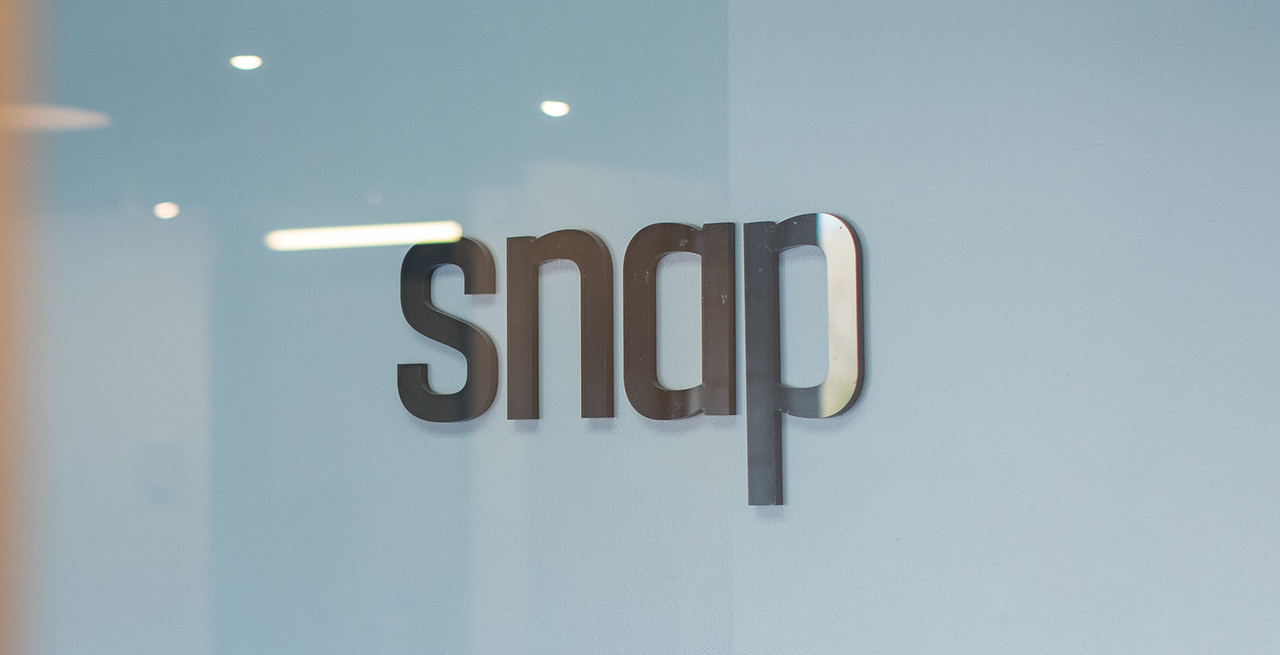 The marketing adage holds true even in today’s digital world: content is king. But that doesn’t mean that you should let design fall by the wayside. While we fully understand the desire to get the most out of your content and promote your awesome services or products, careful thought and strategic consideration should be put into questions like:
The marketing adage holds true even in today’s digital world: content is king. But that doesn’t mean that you should let design fall by the wayside. While we fully understand the desire to get the most out of your content and promote your awesome services or products, careful thought and strategic consideration should be put into questions like:
- How much content is easily consumable by your primary consumer base?
- Will more text or loud designs really add to the point/product/idea you’re trying to communicate?
- If you were a consumer, would you be able to easily navigate through your website?
If you’re struggling with web design, we feel you. Putting together a website while keeping both form and function in mind is more difficult than it looks! Today, we’d like to introduce the not-so-hidden gem every good website should use—white space.
What Is White Space?
White space (sometimes called negative space) refers to the “empty” area between design elements on a page, but it can also be existing space built intentionally into design elements. Not limited by color, texture, or even images, white space is far from wasted space. Instead, web designers view white space as a useful tool that can help every design team balance content elements and better organize text and other assets to improve the visual communication experience.
Why Does White Space Matter?
Have you ever watched a movie with an epic battle scene in it and noticed how the music softens, characters become quiet, and the entire atmosphere feels subdued just before the fighting breaks out? Movie viewers have been conditioned to process cues hinting that a big fight scene is coming up—and to wait with bated breath for the first shot or battle cry.
White space works just like those breaks in a movie: it provides consumers with a little breathing room before the action resumes. We would argue that this break in design is just as valuable as well-written content in your web design—as in movies, what you don’t say matters just as much as what you do.
How to Make the Most of Those “Empty” Areas
The trick to utilizing white space to its fullest potential in your web design and content is not to view it as a “blank” space, but to instead see it as a chance to highlight your other content. Apple’s iconic logo, a small apple with one bite taken out of it, placed in the middle of an otherwise empty plane, is an excellent example of white space because it serves to draw attention to the one crucial piece of content that is there. Even Apple’s physical stores are designed to capitalize on the one color and its minimalist feel, maintaining brand consistency and even reinforcing the overall brand’s message of simplicity and style.
When designing your own web page, keep the strengths of this design element in mind, and consider the following.
Spacing and Margins
Start seeing margins and content spacing as a design opportunity. Depending on the look, feel and purpose of the page you’re trying to create, the amount of white space that you utilize can drastically alter the design of a page.
One way to use white space to your advantage is to employ color blocking (remember, white space is not defined by color/pattern) and distinctive fonts and images to make the text on a page really pop. But your page doesn’t have to be empty of content to employ the concept. In fact, a site can successfully convey a huge amount of text by making the most of spacing and margins in order to keep the content from becoming visually overwhelming.
Balance and Consistency
White space can also help to create balance and consistency within a web page. Depending on the design elements used (columns, images, color blocks, videos, and more), it’s easy for one side or part of the page to pull more weight than the other. White space can help bring effortless balance where it’s needed most.
Attention Spans
Research show that the attention span of the average person is only six seconds. Large amounts of content—no matter how well-written or developed, will go over the heads of your consumers if not presented well. If you have a large amount of crucial info to communicate, consider using your white space to break it up into shorter pieces that are easier to digest.
Branding and Design
Apple chose to make white space a crucial part of its branding and overall design. As a marketer or creator, your work should feel like you! Don’t be afraid to include white space or other design elements in your overall identity or web design. If it feels natural to your brand, consumers will welcome it.
Make the Most of Your Website Design With Snap
Still trying to figure out how to carry your brand message throughout your site? Reach out to Snap today! Our design experts are eager to help you and your team develop a beautiful, functional website that looks good, feels like your brand, and directs traffic where you want it to go.
